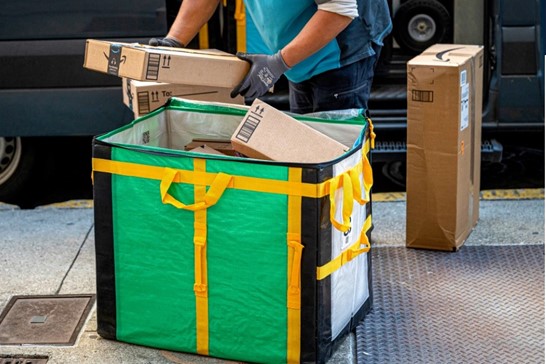
Two-Day Shipping Faces Climate Change Threats as Retailers Adapt with AI and Predictive Modeling
Walmart and other major retailers are increasingly relying on artificial intelligence (AI) and predictive modeling to navigate the challenges posed by extreme weather, which threatens the fast shipping speeds customers have come to expect. With adverse weather events, such as heatwaves in Houston and hurricanes in Florida, becoming more common, ensuring timely deliveries is becoming increasingly difficult.
The logistics industry has already warned of potential shipping delays due to these weather-related disruptions. In 2024, the industry is projected to lose an estimated $100 billion due to such disruptions, according to Freight Waves. A survey by Breakthrough, a company specializing in sustainable transportation, revealed that extreme weather was cited as the top challenge for shippers and carriers.
These issues are affecting key global transportation routes, including the Panama Canal, which has been plagued by droughts, as well as major U.S. retailers trying to maintain their delivery promises. For instance, a snowstorm in Sparks, Nevada, earlier this year forced Walmart to close a key delivery route, but the company turned to AI to find alternative solutions.
Walmart has developed a digital twin of its entire network, allowing the company to simulate and respond to adverse weather events quickly. During the Sparks snowstorm, the AI system identified 85 stores across Nevada, California, and Oregon that could be realigned to handle deliveries originally destined for Sparks. The system also pinpointed four specific distribution centers that could absorb the additional workload.
"We use technology and AI to make it seamless for our customers," said Parvez Musani, Walmart's senior vice president. "We can reroute trucks and realign warehouses so that customers in affected areas continue to receive their orders without delays."
Target has also adapted its logistics network to mitigate weather-related delays, using its stores as hubs for quicker delivery fulfillment. This strategy allows the company to pre-position essential items, such as food and water, in areas where storms are expected.
Amazon, too, is using technology to combat the effects of rising temperatures on warehouse and delivery operations. The company has implemented algorithms to adjust delivery routes based on heat, allowing drivers to take extra breaks. Amazon has also invested in insulating vans, cooling systems, and providing drivers with essential items like electrolyte powder and cooling bandanas.
Despite these challenges, retailers are finding that technology not only helps maintain shipping speeds but also keeps costs down. "We want to create the fastest network possible for our customers at the lowest cost," Musani said. "AI-based platforms make this easier, enabling us to manage both efficiency and cost-effectiveness."